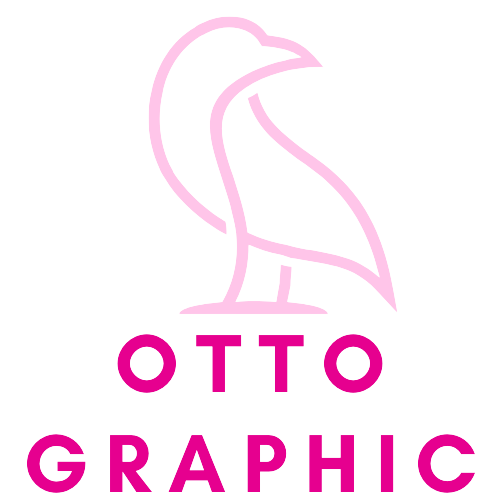In the beginning, stencils were made from paper cutouts, and the mesh they used was woven from human hair. Stiff brushes were used to push ink through the mesh and onto the fabric.The art form arrived in Europe in the 18th century, but it took some time before it was widely embraced. Although they continued to use stiff brushes to force the ink through the mesh, France started employing silk screens to print on fabric early in the 17th century. But finally it gave rise to the custom of supporting the stencils with silk stretched over a frame. And it turned out to be a successful outlet for the medium in the 19th century, when silk mesh was more widely available for trade from Asia. Around Europe, it gained traction and appeal.squeegeeing the silk screen with a toolSqueegees, which were invented in the early 1900s, were used to force ink through the screen mesh.
Beginnings
By introducing photo-imaged stencils to screenprinting, Roy Beck, Charles Peter, and Edward Owens are credited with changing the commercial screen printing sector.For the first time, screenprinting was utilized by advertising for campaigns after which it was used to print eye-catching colors and patterns on fabrics and wall paper. It eventually became a new method for artists and commercial printers to reproduce their artwork on a variety of materials, including t-shirts, DVDs, glass, paper, metal, and wood.The National Serigraph Society was founded in 1938 by a group of painters that included Max Arthur Cohn and Anthony Velonis. This association created the word serigraphy to distinguish their own artistic use of screen printing on paper from the industrial, commercial usage of the technique (seri means silk in Latin and graphein means to draw in Greek).
Photo-imaged stencils
The Gadzookians are responsible for making traditional screenprinted t-shirts. It is very interesting to learn about the history of screenprinting, and it is exciting to learn that some of the world's most renowned works of art have been produced through the use of this method. Be sure to check out our website to see if there are any upcoming classes in screenprinting, and if you want to buy some of the screenprinted creations that our artists have made, come by our shop!
